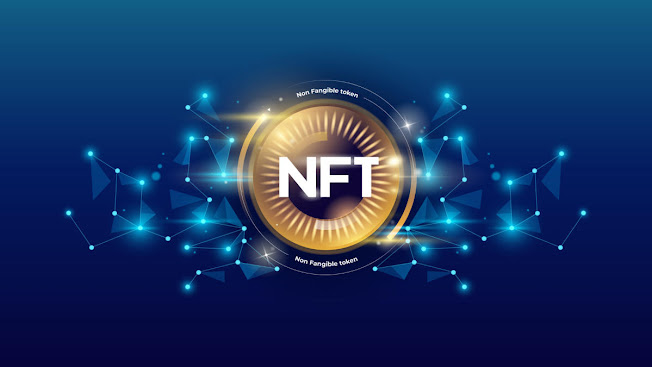The NFT market: promise or speculation?
What makes something coveted? In general, one of the factors that gives the most value to something is its exclusivity. After all, according to the Law of Supply and Demand, if everyone had gold bars at home, this asset would certainly not be as coveted as it is. Imagine, then, that it is possible to acquire something unique, certified in a way that it cannot be exchanged for something equivalent and, furthermore, that this resource exists, most of the time, only in the virtual environment, being able to extend from buying a tweet from a celebrity to a digital artwork or “moments” from a basketball game. All of these examples are encompassed within the NFT market , whose growth has been increasing exponentially in recent months, guaranteeing high returns for investors. Although, Could it be that all this fever is just another speculation about a new market? Or is it, in fact, a promise and a symbol of the digital revolution that will change the current transaction model? A new defin
